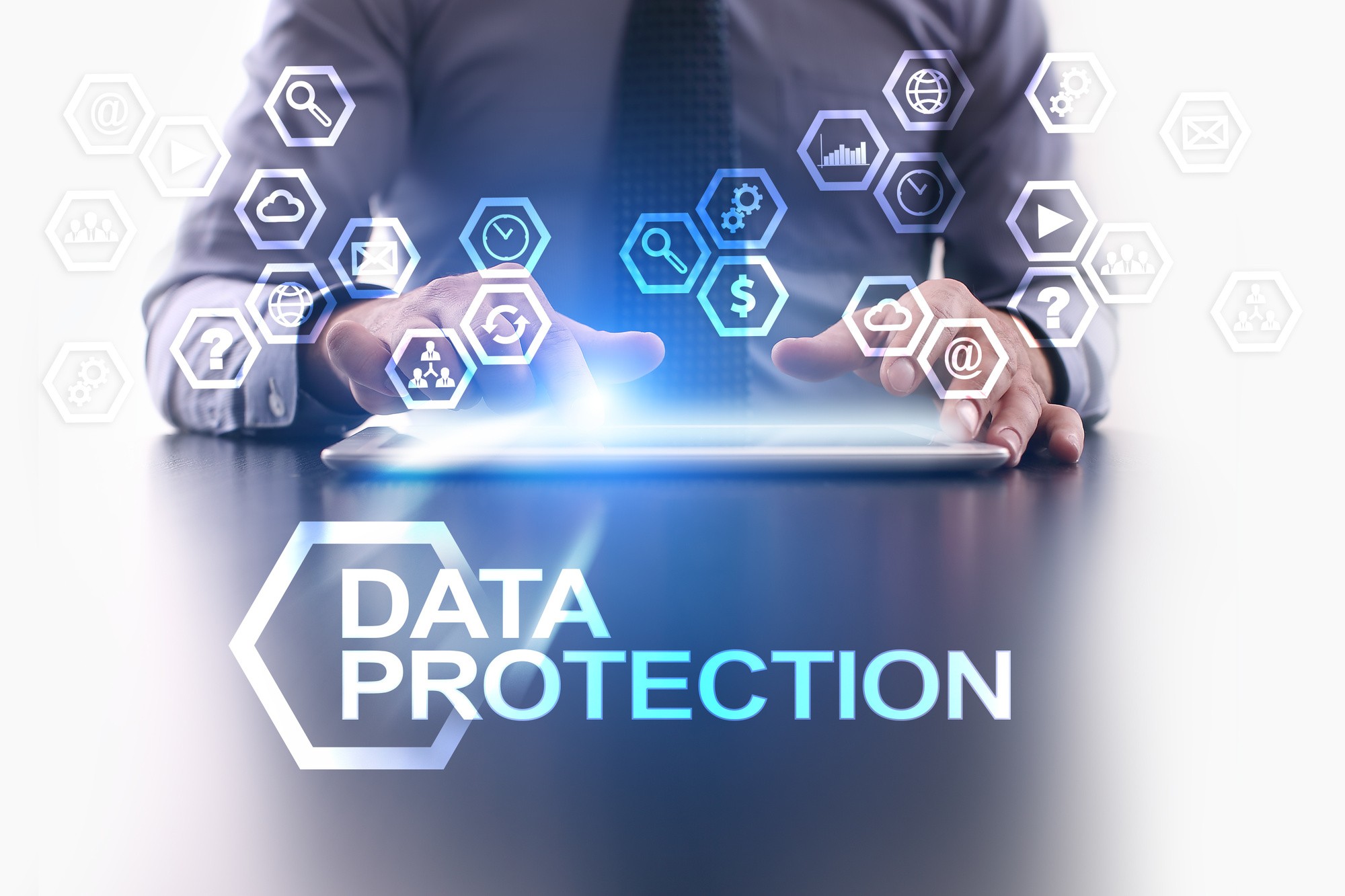In 2020, 155.8 million people in the U.S. were affected by a data breach. For perspective, this is close to 50 percent of the American population.
Are you among the people who were affected? The thing with a data breach is you might not even be aware that it has happened to you until it’s too late.
But whether you’ve been a victim or not, in a world experiencing a rapid digital transformation, you’ve got no choice but to know how to protect your data. Otherwise, you might not be able to recover from the consequences of a data breach.
To help you learn how to keep your data safe, here are a handful of expert tips. Read on!
- Get Familiar with Personal Identifiable Information (PII)
The first step to protecting your data is to first understand what kind of data to protect. Not every piece of personal data is valuable to hackers.
For instance, if a hacker comes across just your date of birth, there isn’t much they can do with it, unless they can combine it with other pieces of data, such as your name and phone number.
You need to know what your sensitive personal identifiable information is: This includes your:
- Name
- Address
- Phone number
- IP address
- Social Security Number
- Bank card number
- Location/Physical address.
Be extra careful when you’re in a situation where you need to give any or a combination of these details. A good example is when you’re shopping online. Most sites will require you to create an account, which includes providing most of your PII.
- Create Strong Passwords
The average person in the United States deals with at least a handful of passwords. Everything from your digital devices to email accounts and social media accounts requires you to have a password.
It’s natural to want to create passwords that are easy to remember, but such passwords are also easy to hack or crack. This is why it’s super important to create a strong password anywhere you’re required to create a password.
These days, most sites have systems that compel the user to create a strong password, but it’s your responsibility to go above and beyond. If you’re worried about memorizing all your passwords, there are apps or computer programs that offer password management services.
Also, make a habit of updating your passwords from time to time.
- Secure Your Devices
Our devices are a major point of vulnerability.
If someone gains access to your smartphone today, how much personal data would they access? Everything, right?
While you might have complete control over your devices (they can be stolen, for instance), you have control over who gains access. All you need is to put a password on your devices and for the most part, you’ll have locked people out.
Putting a strong password on your devices is nice, but also secure them properly. A lost device in the wrong hands can still be penetrated, even if you had a password on them.
Or, a hacker can clone it and leave with a copy of all your data. If you’re skeptical about this, read https://setapp.com/how-to/how-to-clone-mac-hard-drive to learn how it can be done.
As such, don’t be reckless with your devices, especially your smartphone. If you lose it, take quick steps to secure it remotely or report it to the manufacturer so that it can be put out of use.
- Update Your Software/Applications
When was the last time you updated your phone or computer software?
It’s not that a software update isn’t available. You’re just considering it an inconvenience.
Sure, software updates can be nagging and most of us tend to reschedule them for later. Unfortunately, when the rescheduled time reaches, we reschedule again.
Software updates often contain security patches that are developed to fix security vulnerabilities that exist in the software. In fact, most updates you’ll receive contain security fixes.
When you update your software as soon as an update is available, your software becomes more secure. If there were hackers that were already preying on the vulnerability, they will be locked out.
- Be Diligent When Browsing Online
You spend about 2 hours 30 minutes every day on the web – which is the average amount of time Americans spend online.
Most of this time is spent on social media, but on any given day you’ll land on a handful of websites. Some of these websites will track your information and others, especially those that need you to create an account, will store at least some of your PII.
To protect your data, be diligent. Don’t go giving your information to a website before ensuring that it’s authentic and puts the security of its users first. As a general rule of thumb, avoid websites that don’t use HTTPS encryption.
If a website looks fishy, it probably is. Stay away.
- Avoid Using Public Wi-Fi
Free things and sometimes it’s hard to resist the urge to use a public Wi-Fi network. In fact, some people choose to go to restaurants and other facilities based on whether they have free Wi-Fi.
It’s understandable. Sometimes you just want to download a movie.
However, public Wi-Fis are not safe. Especially when you don’t want your data to be breached or stolen, it’s best to avoid them. If you have to use a public network, ensure you aren’t logging into sites that have your PII.
Know How to Protect Your Data
On the web, your data is your life. If it gets into the wrong hands, your identity could be stolen; your account could be wiped clean. Don’t let this happen.
With this guide on how to protect your data, you’re in a better position to stay safe online.
Stay tuned to our blog for more data security tips and insights.
Read More – How To Know What Your Car Needs – Interim, Major, or Full Service











